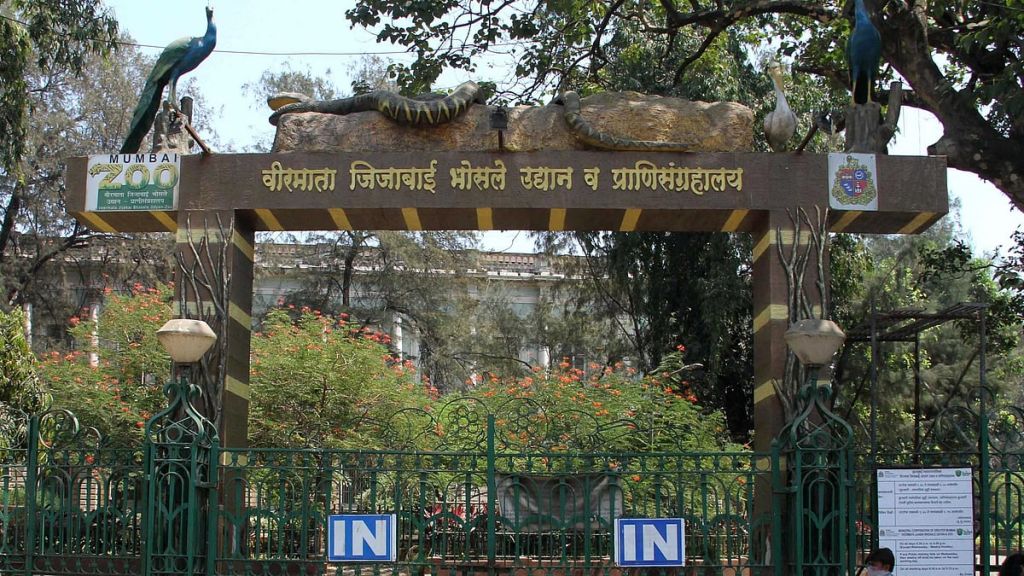
Mumbai: The BMC’s ambitious project to expand the Byculla Zoo onto a 10-acre adjacent plot has faced setbacks in recent years due to alleged irregularities in the tendering process for exotic animal enclosures.
However, the civic body is now taking a new approach by appointing a consultant to prepare the design and cost estimate for the animal enclosures. The tendering process for the project is expected to begin in the next one and a half months, marking a fresh attempt to move the long-delayed initiative forward.
The zoo spans approximately 53 acres, with the civic body planning to expand it by an additional 10 acres, including seven acres from the Mafatlal Compound and the rest from the Poddar area.
However, the BMC's plans to develop exhibits for various animal species have been mired in controversy due to allegations of cartelisation and irregularities in the tendering process.
At one point, only two bids were received for the animal enclosures, with a sum of Rs 291 crore proposed—Rs 106 crore above the BMC’s estimated budget. This escalation in costs led to the scrapping of the tendering process in 2022.
The ambitious project is back on the BMC's agenda for the new financial year. "Previously, it was decided to appoint a contractor who would hire a consultant and prepare a plan. However, we have now appointed a consultant directly, who is working on the design and estimates. Tenders will be floated accordingly. Though setting up the exhibits will take another two to three years, procurement of the exotic animals will be initiated simultaneously to avoid any further delays," said a civic official.
These exhibits will housed exotic animals such as black jaguar, cheetah, white lion, wallaby, chimpanzee, zebra, giraffe, ringtail lemur, mandrill monkey, lesser flamingo, hippo, and emu among others at the Byculla zoo.
The expansion is part of Phase III of the zoo revamp project, which was initiated in 2015. Humboldt penguins were introduced to the zoo in 2017 as part of Phase I. Phase II, launched in the same year, saw the construction of 17 animal exhibits and an aviary, which now houses over 100 bird species.